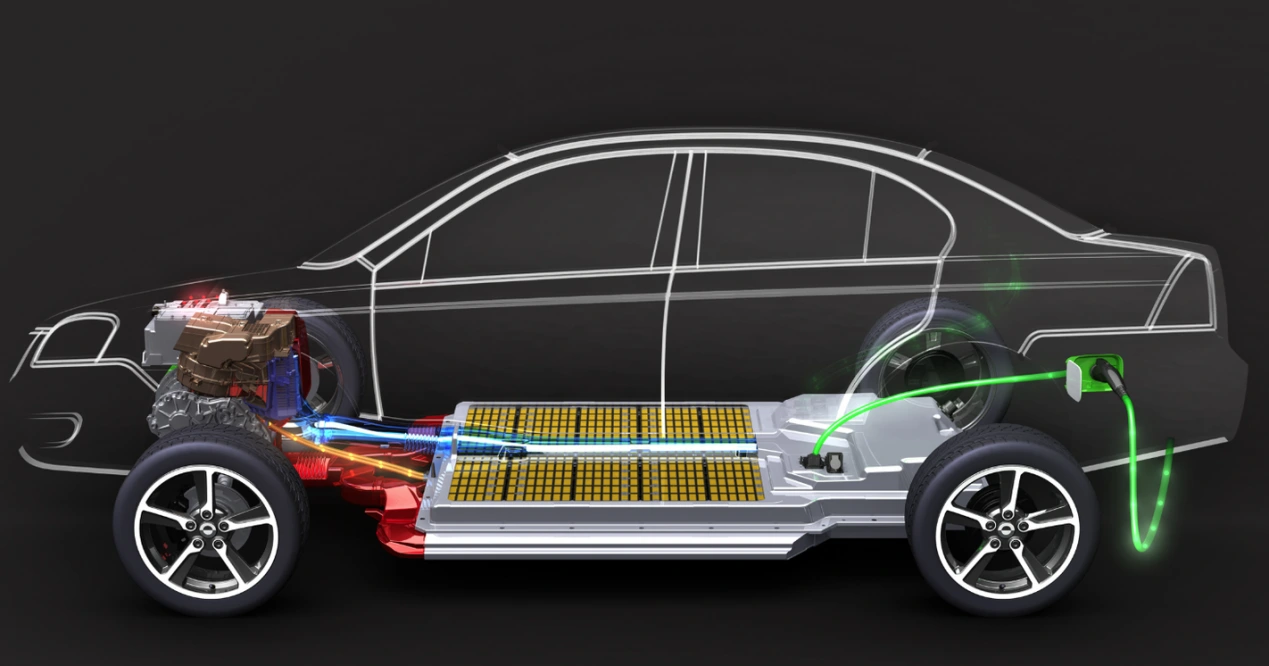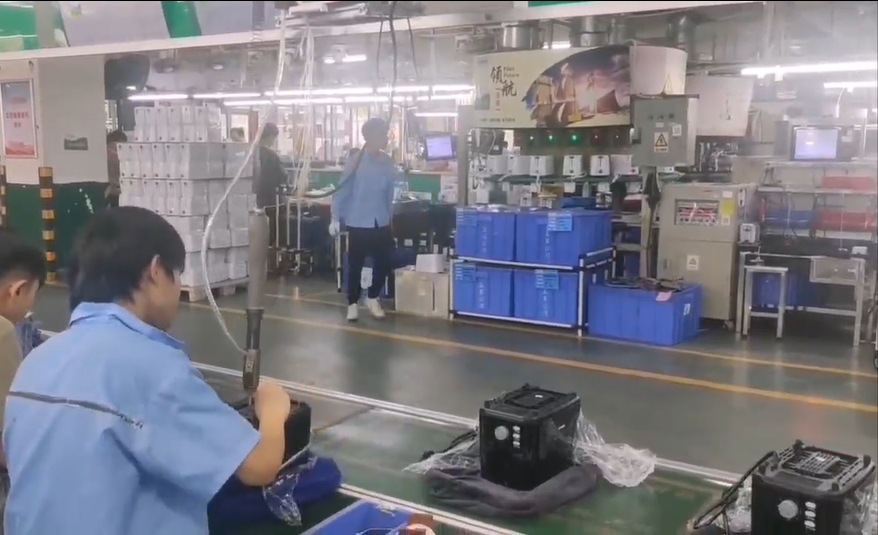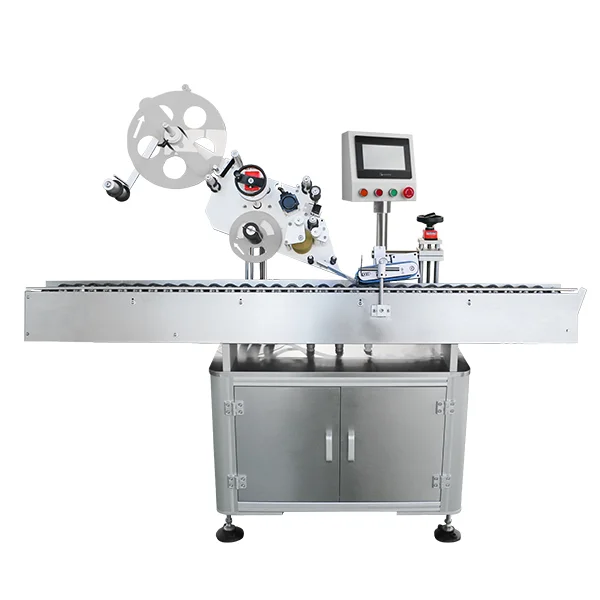As renewable energy systems and high-performance applications grow in complexity, the demand for reliable, safe, and scalable battery solutions has never been higher. Among the top contenders is the high voltage LiFePO4 battery, a modern innovation that redefines how energy is stored and deployed. Unlike traditional lithium battery packs, these high-voltage stacked batteries offer a modular, space-efficient, and thermally optimized alternative. This article explores the structural principles, internal cell configuration, and thermal management designs that make high voltage LiFePO4 batteries superior—highlighting the innovative approaches of RENOPI (Shenzhen) New Energy Technology Co., Ltd.
What Is a High Voltage LiFePO4 Battery?
A high voltage LiFePO4 battery is a lithium iron phosphate energy storage solution designed with stacked modules to achieve a significantly higher output voltage—often exceeding 200V or even 600V in large systems. Unlike conventional battery setups, where multiple units are connected externally in series, high-voltage stacked batteries integrate this series connection internally using a compact, standardized module system.
This configuration enables higher power density, faster response times, and easier scalability. The high voltage output makes them especially suitable for large-scale energy storage systems, electric vehicles, data centers, and industrial automation setups.
Advanced Cell Configuration: The Heart of High Voltage Efficiency
At the core of any high voltage LiFePO4 battery is its internal cell arrangement. RENOPI employs a vertically stacked architecture, where individual LiFePO4 cells are arranged in modular layers. Each module maintains a consistent voltage level—typically around 48V to 60V—and multiple modules are stacked to achieve the required system voltage.
Key benefits of this arrangement include:
-
Space Optimization: The vertical stacking minimizes footprint, which is critical for installations with limited space.
-
Mechanical Stability: The modules are housed within precision-engineered metal enclosures, providing structural integrity and vibration resistance.
-
Electrical Safety: Internal busbars and connectors are carefully insulated and configured to maintain uniform voltage distribution across cells.
-
Reduced Interconnection Loss: With fewer external cables, internal resistance and energy loss are minimized.
By reducing wiring complexity and optimizing current paths, this modular stacking approach enhances the overall efficiency and reliability of the battery system.
Thermal Management: A Crucial Element in High Voltage Battery Performance
One of the most critical challenges in high voltage battery systems is heat management. As current flows increase with voltage levels, so does the risk of overheating. RENOPI’s high voltage LiFePO4 batteries are designed with robust thermal management mechanisms to maintain optimal operating temperatures and extend battery life.
Features include:
-
Integrated Heat Dissipation Channels: Each module is equipped with built-in ventilation and aluminum-based thermal conductive pathways to channel heat away from the cells efficiently.
-
Optional Active Cooling Systems: For high-demand applications, optional liquid or forced-air cooling systems can be integrated into the housing.
-
Thermal Sensors and BMS Integration: Advanced battery management systems (BMS) monitor cell temperature in real-time, enabling predictive temperature control and automatic shutdown in extreme scenarios.
This intelligent thermal design ensures that even in high-load or fluctuating environmental conditions, the battery maintains stable performance without thermal degradation.
Structural Differences vs. Traditional Series Battery Packs
Compared to traditional external-series battery configurations, high voltage LiFePO4 batteries offer several distinct structural and functional advantages:
| Aspect | High Voltage LiFePO4 Battery | Traditional Series Battery Pack |
|---|---|---|
| Configuration | Internal modular stacking | External series connection |
| Voltage Scalability | Simple modular expansion | Complex rewiring required |
| Space Utilization | Compact vertical structure | Bulky, spread-out layout |
| Maintenance | Centralized BMS and diagnostics | Distributed diagnostics, harder to service |
| Heat Management | Integrated and centralized | Dispersed, harder to control uniformly |
| Safety | Controlled internal wiring and insulation | Prone to connection errors and heat spots |
This comparative framework showcases why high-voltage stacked batteries are now the preferred architecture in high-efficiency storage systems.
RENOPI's Innovation in Structural Battery Design
RENOPI (Shenzhen) New Energy Technology Co., Ltd. has pioneered structural innovation in the high voltage LiFePO4 battery space. Their design philosophy emphasizes safety, scalability, and seamless integration with renewable and grid-based systems.
https://www.renopi.com.cn/
RENOPI (Shenzhen) New Energy Technology Co., Ltd.


